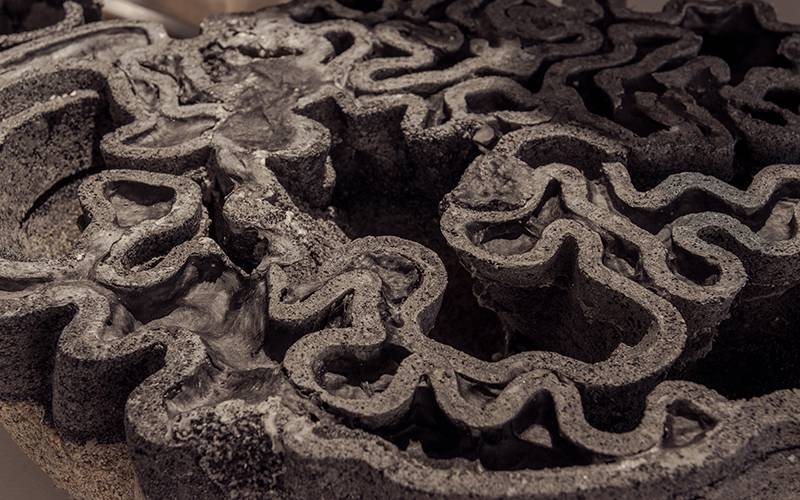Innovative Bio-Integrated Design Wins Water Futures Design Challenge
25 April 2019
‘Indus’, a bio-integrated design proposal by the Bio-ID Lab, has won the A/D/O Mini Water Futures Design Challenge, in the Future Systems and Infrastructure category.
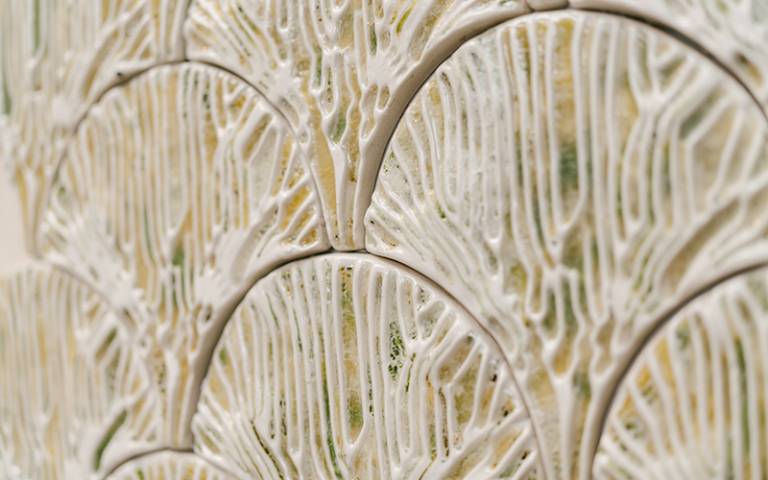
An interdisciplinary team led by Dr Brenda Parker, Professor Marcos Cruz and Shneel Malik, created ‘Indus’, a tile-based, modular bioreactor wall system, based on the principle of bioremediation. The structure is designed to hold algae-laden hydrogel for cleaning heavy materials from wastewater.
Inspired by the architecture of a leaf, water flows over a series of vein-like channels containing algae prepared in a seaweed-based hydrogel. Pollutants such as cadmium are sequestered by the algae and the hydrogel can then be processed to recover heavy metals safely.
The project meets the need for a simple, scalable and a sustainable system that can treat heavy metal contaminated wastewater on a local level.
Indus was displayed at the A/D/O exhibition space in New York, earlier this month and voting is now open for the public to support their favourite proposal.
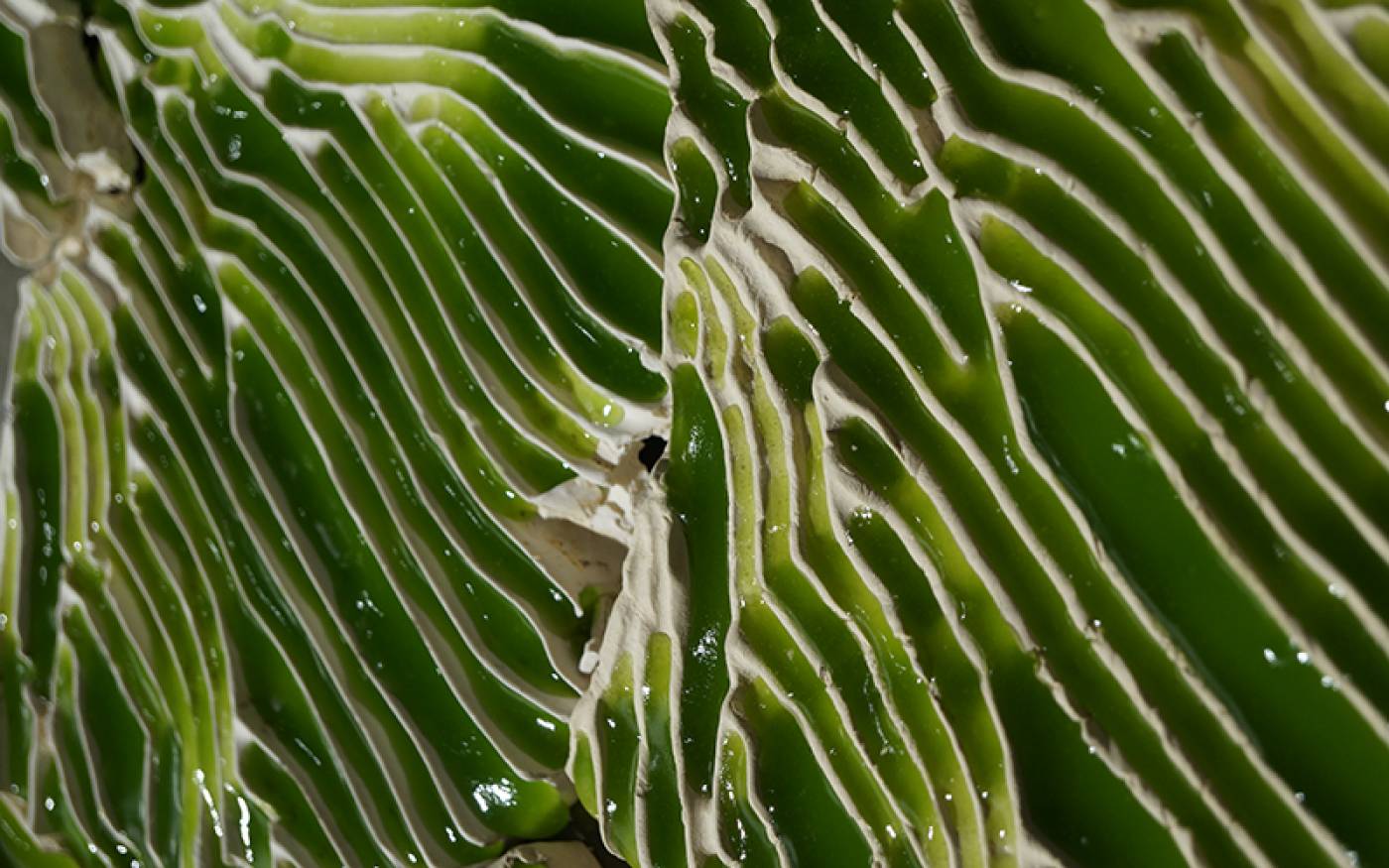
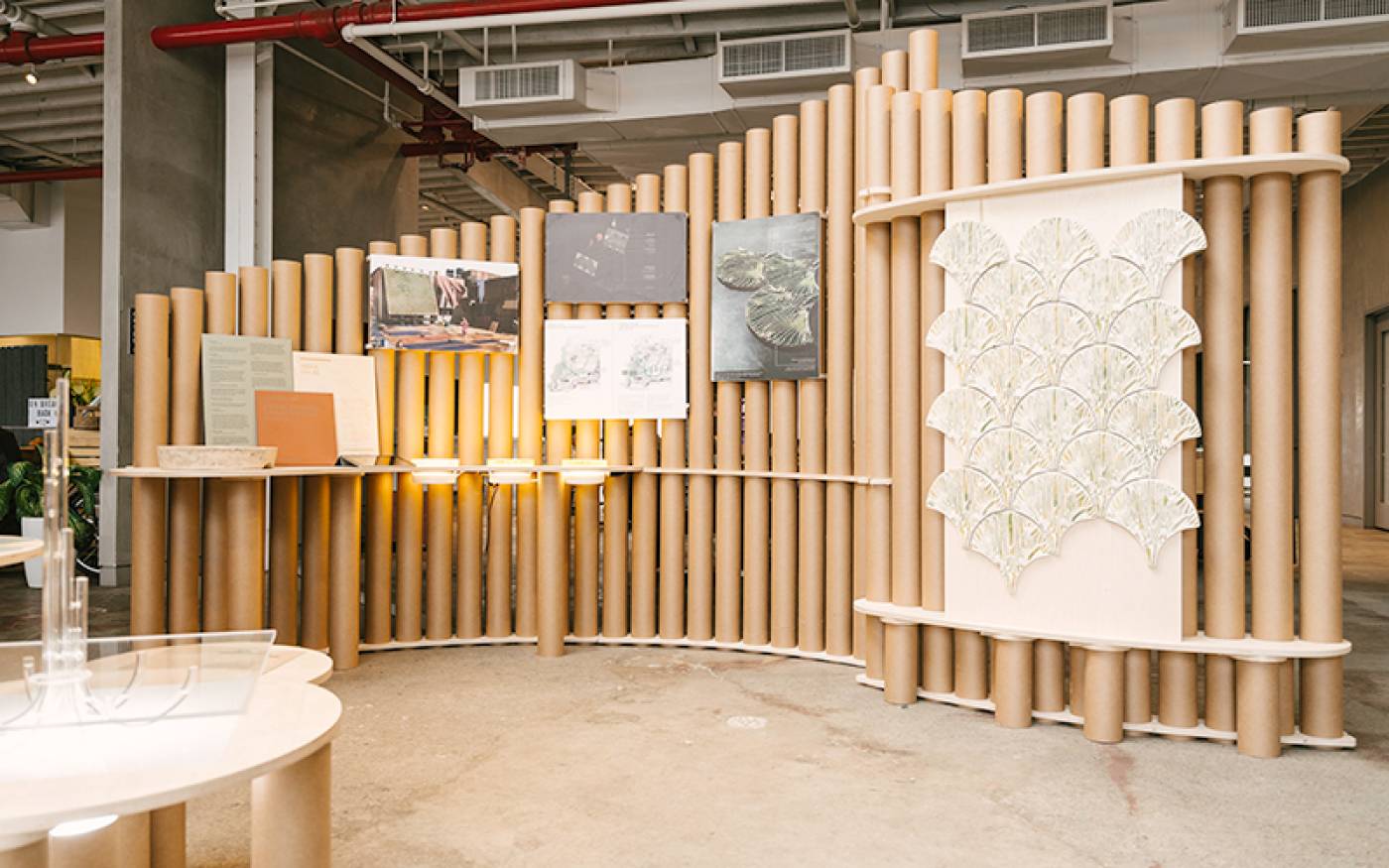
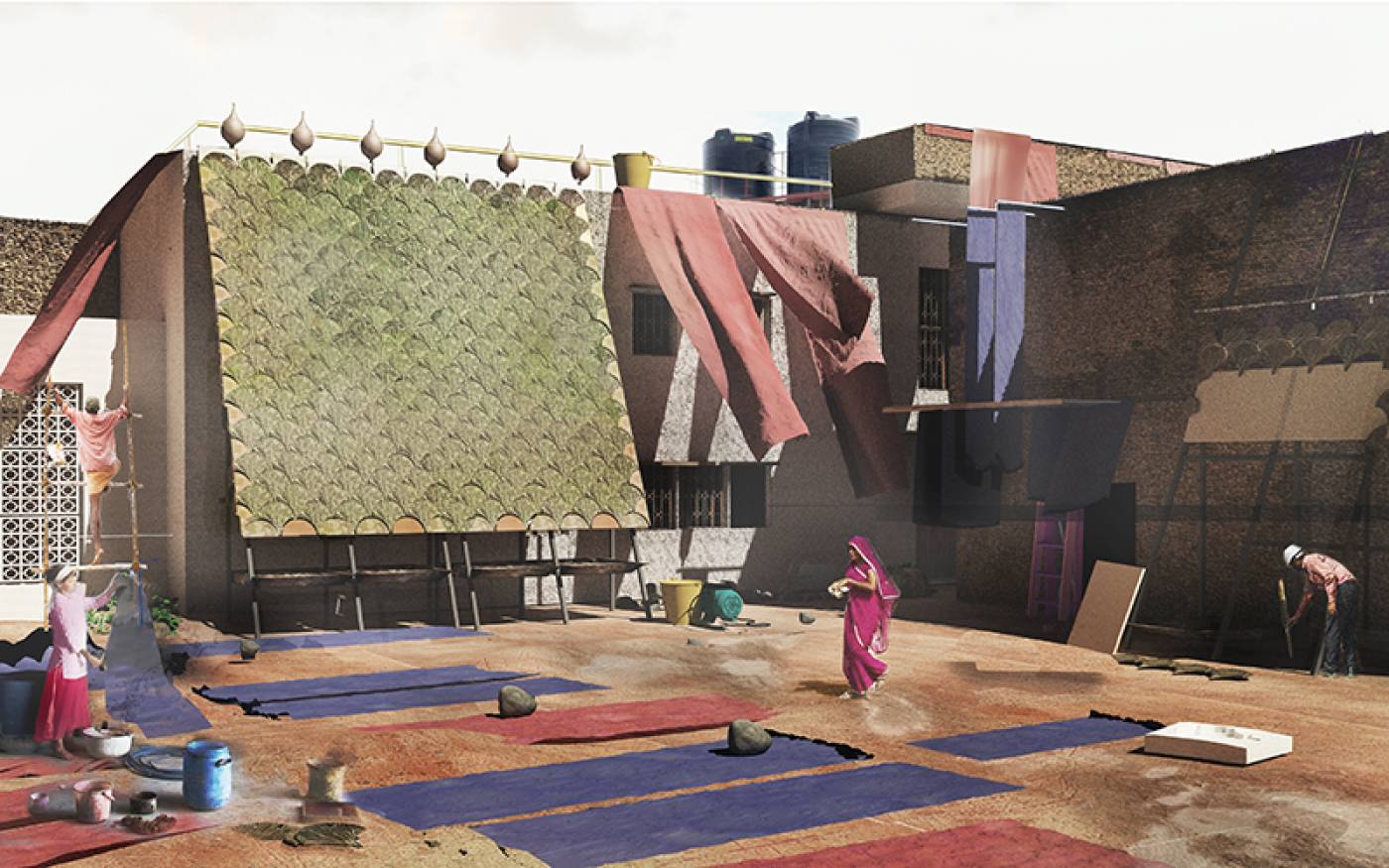
Project credits
- Team
Dr Brenda Parker, Professor Marcos Cruz and Shneel Malik in partnership with Grymsdyke Farm, UK.
- Scientific advisors
- Dr. Laura Stoffels and Arran Finlan, Department of Biochemical Engineering, UCL
- Dr. Vandana Mishra and Deepak Rawat, Delhi University, India
- Ceramic manufacturing
- Grymsdyke Farm, UK
- Fettle Studio, UK
- Local artisans in Khurja, India
- Special thanks to
- Promila Sharma and David Hanrahan, Pure Earth
- Reema Banerjee, CEE, India
- Anthony Acciavatti, Columbia University
- Site visits
- Jur, Howrah District, Kolkata, India
- Textile Dyers, HUDA Industrial Area, Sec 29, Panipat, India
- Visual editing
Images:
1. A close-up of ‘Indus’ wall
2. A close-up of the algae-laden hydrogel used in 'Indus'
3. ‘Indus’ on display in New York
4. A render showing ‘Indus’ installed in the courtyard of a small-scale textile dying industry in India
 Close
Close


